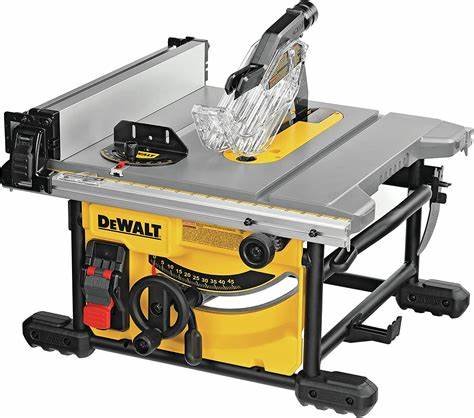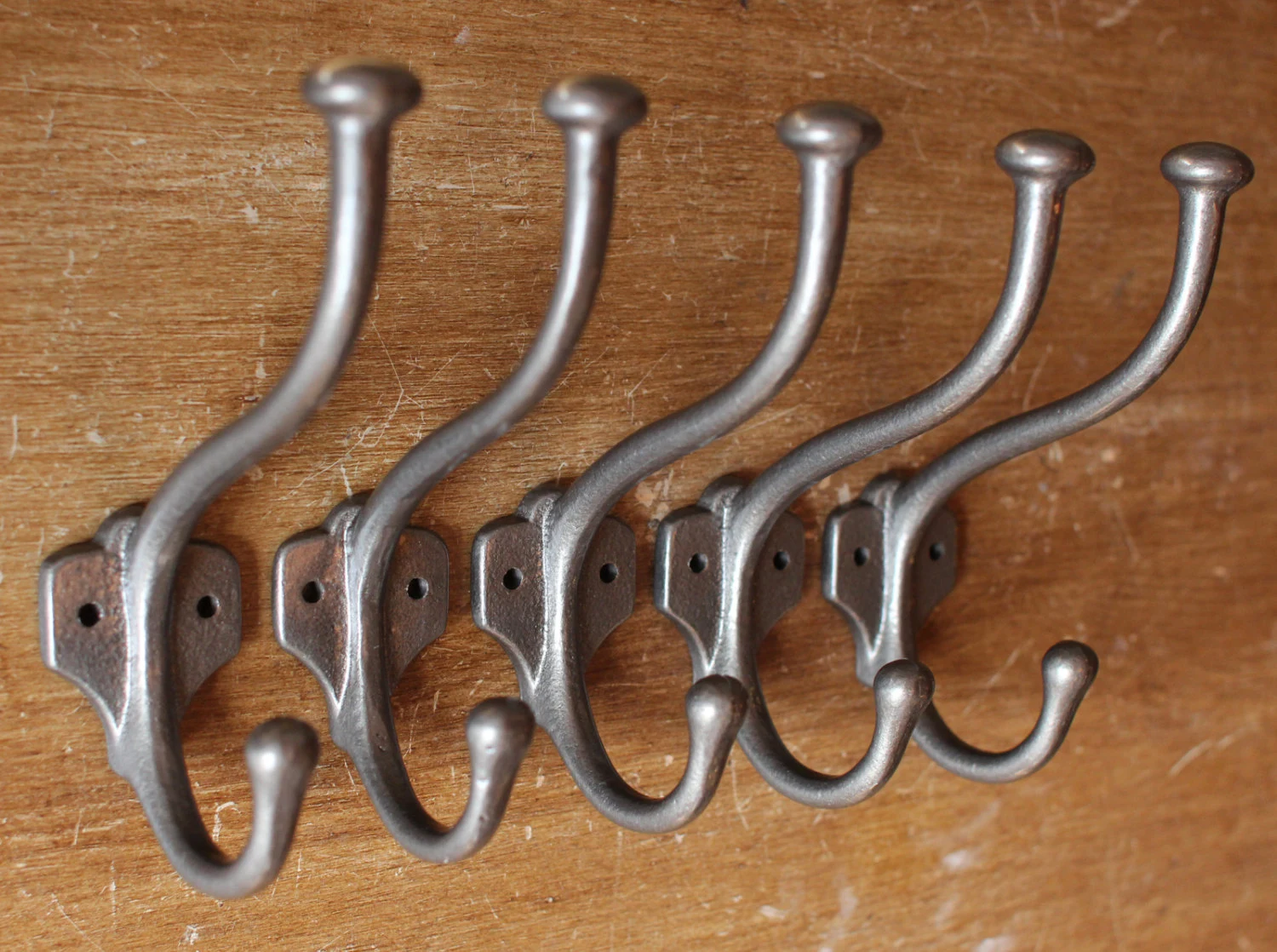Introduction
The table saw is a versatile and indispensable tool for woodworking projects of all sizes. With its ability to cut wood accurately and efficiently, it has become a staple in both professional and home workshops. This comprehensive guide will delve into the various aspects of table saws, from their history and types to their safety features and maintenance. We’ll also explore common questions people ask about table saws and provide helpful tips for using them safely and effectively.
History of Table Saws
The exact origins of the table saw are somewhat unclear, but it is believed that early versions of the tool were developed in Europe during the 18th or 19th century. These early saws were powered by hand or by water and were primarily used for cutting lumber for construction purposes.
In the 20th century, the development of electric motors and power tools led to a significant advancement in table saw technology. Modern table saws are typically powered by electric motors and feature a variety of safety features to prevent accidents.
Types of Table Saws
There are several types of table saws available, each with its own advantages and disadvantages. Here are some of the most common options:
Contractor table saw: These saws are designed for portability and are often used on construction sites. They typically have smaller tables and less powerful motors than cabinet saws.
Cabinet table saw: These saws are larger and more powerful than contractor saws and are designed for stationary use in workshops. They have larger tables and more features, such as a riving knife and a blade guard.
Hybrid table saw: These saws combine features of both contractor and cabinet saws, offering a balance of portability and power.
Radial arm saw: While not technically a table saw, the radial arm saw is often used for similar tasks and can be considered a type of circular saw. It features a circular saw blade that can be moved across a horizontal arm.
Key Features of a Table Saw
A typical table saw consists of the following components:
Table: The flat surface where the workpiece is placed.
Fence: A guide that can be adjusted to control the width of the cut.
Blade: A circular saw blade that cuts the wood.
Motor: The power source for the saw.
Blade guard: A safety device that protects the operator from the blade.
Riving knife: A safety device that prevents the workpiece from binding and kicking back.
Miter gauge: A guide that allows for angled cuts.
Safety Tips for Using a Table Saw
Read the manual: Before using your table saw, read the owner’s manual carefully to understand its features and safety instructions.
Wear protective gear: Always wear safety glasses, hearing protection, and a dust mask when using a table saw.
Use a push stick: Never use your hands to push Bathroom Taps a workpiece into the blade. Use a push stick to keep your hands away from the blade.
Avoid kickbacks: To prevent kickbacks, use a riving knife or anti-kickback pawls.
Inspect the blade: Before using the saw, inspect the blade for damage.
Keep the work area clean: Keep your work area clean and free of clutter.
Maintenance Tips
Proper maintenance is essential for keeping your table saw in good working condition. Here are some maintenance tips:
Lubricate moving parts: Lubricate the moving parts of the saw according to the manufacturer’s recommendations.
Sharpen the blade: A dull blade can cause uneven cuts and increase the risk of kickbacks.
Inspect the fence: Ensure that the fence is aligned and secure.
Table Saw Accessories
In addition to the basic components mentioned above, there are a number of accessories that can be used with a table saws to expand its capabilities. Some of the most common accessories include:
Push stick: A long, thin tool that is used to push the workpiece into the blade without touching it with your hands.
Miter gauge: A guide that allows you to make accurate angled cuts.
Fence: A guide that can be adjusted to control the width of the cut.
Blade guard: A safety device that protects the Bathroom Flooring operator from the blade.
Riving knife: A safety device that prevents the workpiece from binding and kicking back.
Dado set: A set of blades that can be used to cut dados, which are rectangular grooves in wood.
Shaper cutter: A rotating cutter that can be used to create decorative edges on wood.
Table Saw Jigs
Jigs are simple devices that can be used to perform specific tasks with a table saw. Some of the most common jigs include:
Crosscut jig: A jig that can be used to make accurate crosscuts.
Miter jig: A jig that can be used to make accurate miter cuts.
Dado jig: A jig that can be used to cut dados.
Mortise jig: A jig that can be used to cut mortises, which are rectangular holes in wood.
Frequently Asked Questions
How do I safely transport a table saw?
When transporting a table saw, ensure it is securely fastened to a trailer or truck bed to prevent it from shifting or falling off. Disconnect the power cord and remove the blade to reduce the risk of accidents.
How often should I replace the blade on my table saw?
The frequency of blade replacement depends on the type of material you’re cutting and how often you use the saw. However, a dull blade can lead to uneven cuts and increase the risk of kickbacks. Generally, it’s recommended to replace the blade every 10-15 hours of use.
What should I do if my table saw starts making unusual noises?
Unusual noises from a table saw could indicate a problem with the motor, bearings, or other components. If you hear unusual noises, turn off the saw immediately and inspect it for any visible damage. If you can’t identify the problem, it’s best to consult a professional for repairs.
Final Thoughts
The table saw is a versatile and powerful tool that can be used for a wide variety of woodworking projects. By understanding the different types of table saws, their key features, and safety tips, you can use this tool safely and effectively to create beautiful and functional woodworking projects.
To read more, Click Here


